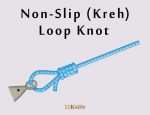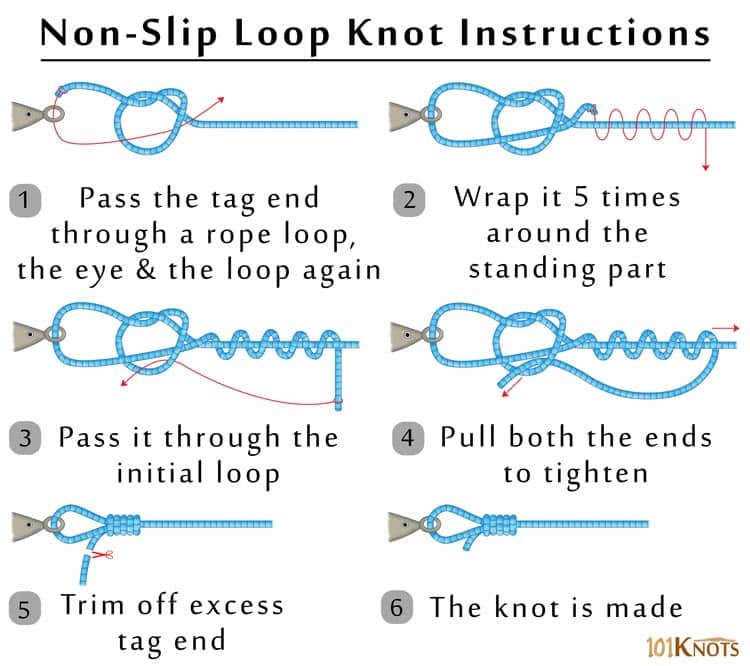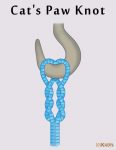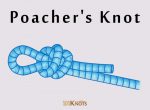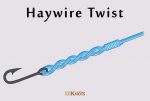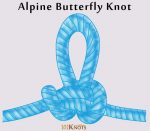Non-Slip (Kreh) Loop Knot
The non-slip loop knot or non-slip mono loop is also known by the names Kreh loop knot and Lefty Kreh’s loop knot since the fishing legend Lefty Kreh popularized it. As it doesn’t grip the lure or fly, it forms a flexible attachment giving it free, natural movement. It can be tied in monofilament, fluorocarbon as well as braided leaders.
How to Tie a Non-Slip Loop Knot
Tips
- The size of the loop needs to be adjusted while the turns around the standing part are still loose. Once it is tightened, the loop size cannot be altered.
- The number of turns made in step 2 depends on the strength of your fishing line. If it is six to eight pounds you should make around seven turns and if it is 60 pounds or more then around two turns should suffice.
Advantages | Disadvantages |
|
|
Kreh Loop Knot v/s Other Knots
- Rapala knot – Has a similar tying process and is equally reliable. But some fishermen find it harder to tie than the Lefty Kreh’s loop.
- Perfection loop – Needs a loop to loop connection for attaching the line to a lure.
Uses
- Fly fishing.
Video
How to Tie a Non-Slip Loop Knot Step by Step
- Pass the tag end through a rope loop, the eye and the loop again
- Wrap it 5 times around the standing part
- Pass it through the initial loop
- Pull both ends to tighten
- Trim off excess tag end
- The knot is made

